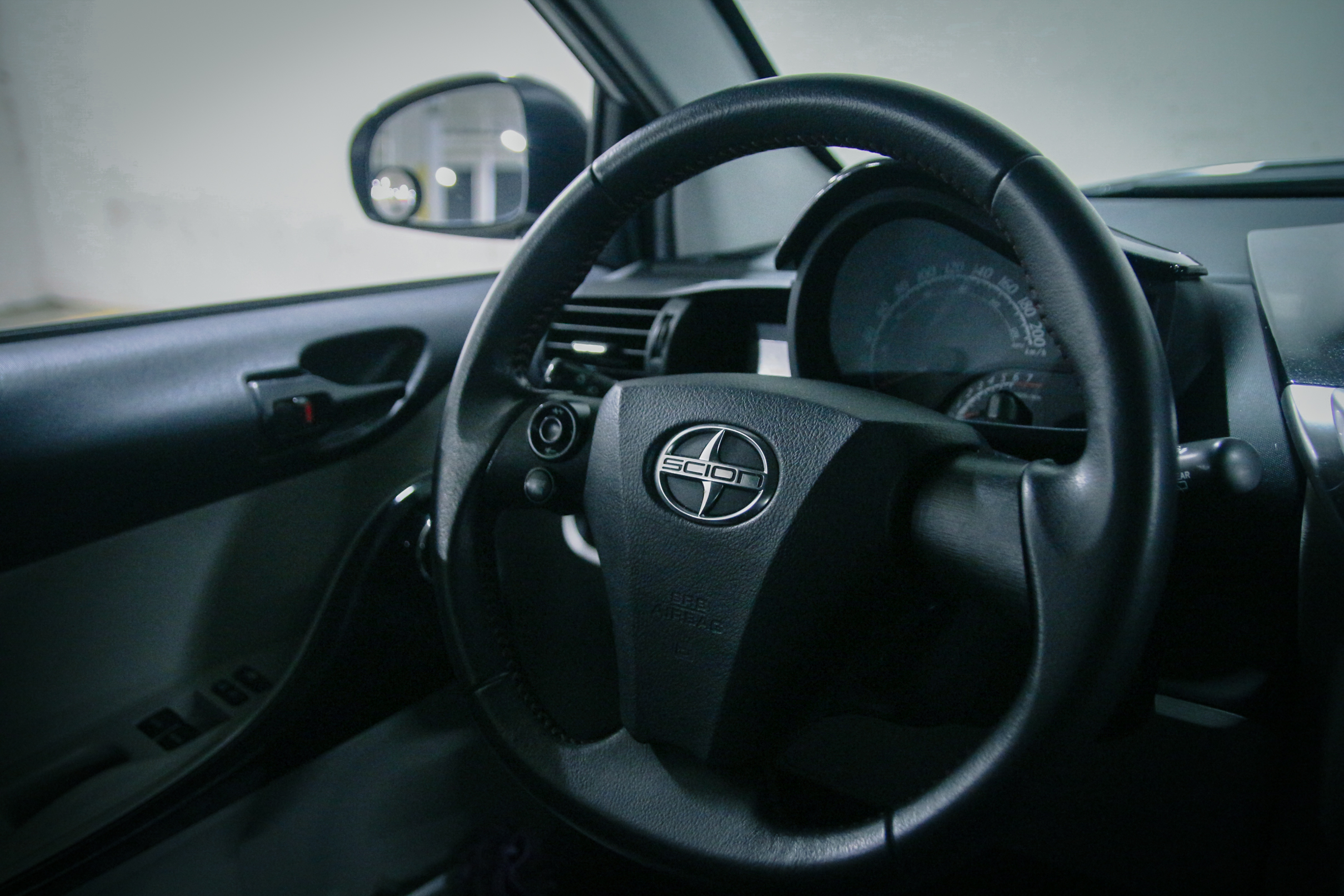2012 Scion IQ Review: The Ultimate Citycar?
The Scion iQ had a short production run in North America, being sold from 2012 to 2015 with only about 2000 vehicles sold in Canada over those years. It’s no surprise that it had such weak sales performance as objectively speaking it didn’t make much sense for the North American market. Although decently equipped, the price was high relative to other subcompacts that offered a significantly more practical package like the Hyundai Accent, Nissan Versa, and even Toyota’s own Yaris. Its competitors also offered better highway driving characteristics, perhaps more suited to the North American customer base. The leading car magazines all gave the iQ very poor reviews, citing its lethargic drivetrain, high price tag, and instability on the freeway. All legitimate complaints and on that basis it would be easy to write off the iQ and the now defunct Scion brand to just a footnote in the book of modern car history.
Perhaps important to mention however is the fact that the Scion iQ’s Japanese counterpart, the Toyota iQ, was actually manufactured in Japan as early as 2008 and only ended sales in 2016. For a model to have survived that long we’re certainly curious of what Japanese automotive journalists had to say about this unique city car. Unfortunately we can’t count on the likes of Google translate to give us an idea of what they had to say about this car, so here’s our take of it.
We picked up the iQ as a secondary vehicle which reframes the equation for what you’d want out of a car. With our other car being a Subaru STI hatchback, the need for cargo capacity, power/speed, and winter drivability had largely been met. Objectively a decent all-rounder for a car enthusiast but with some major compromises as well. Fuel economy on the Subaru is comparable to a half-ton pickup truck and the running costs are rather high. Sitting in downtown traffic and driving around looking for a parking spot was a miserable affair in the manual-only STI. This is how the iQ found its way into our garage, as an “anti-STI” of sorts.
Being a “citycar” and a secondary car, the iQ needs to be looked at in a different light. As a car designed to work best in urban environments, the 94 hp engine does a great job and the CVT makes for a much smoother drive than the Smart’s (the iQ’s archnemesis) clunky semi-automatic gearbox. While the steering does feel darty on the highway, around town it offers good feedback and its quick ratio makes U-turning an easy task to accomplish. U-turning might just be the iQ’s best quality, needing just about 4 meters to complete the task. To put that in perspective, you only need two normal width lanes to pull off the move, making it just about the best car for sniping free parking spots in tight downtown streets. Add to that the fact that it’s only 3 meters long so finding a spot that fits is short work (pun intended). In the 2 months or so that we’ve had the iQ, we have yet to have to pay for parking in Downtown Vancouver; and with rates as high as $6 an hour in some areas, having a tiny car has been a godsend.
Inside the cabin the iQ is surprisingly conventional. Switchgear is borrowed from other Toyota vehicles and a large greenhouse makes for a roomy cabin feel. Like any Toyota, the air conditioning is quiet, efficient, and extremely powerful. Despite being fairly plasticky overall, the factory Pioneer sound system with bluetooth audio streaming is impressive albeit not the most intuitive to use. This being a 2012 model year car, there really isn’t too much tech going on. A trip computer with fuel economy display is a nice touch, rarely seen in cars of this price range, but there’s no backup camera, auto headlamps, or heated seat options. Scion designed their cars to be a sort of “one size fits most” with just the one trim level and dealer-added accessories should the buyer feel the need, for that reason the car comes decently equipped as a base trim but there’s not too much you can do to move the car up-market.
While short in its wheelbase and overall length, the iQ actually has about the same width as the Yaris and similar subcompacts so you never feel like you’re rubbing shoulders with your passengers. The iQ is marketed as a 3+1 and the passenger’s side rear seat is entirely usable. The rear seat behind the driver however is best reserved for small children, or in our case, a booster seat for @BaileyBostonTerrier. With the rear seats folded down, the trunk is actually pretty good with enough room for a mini fridge or a set of winter tires (we’ve tried both). For a couple that occasionally needs to pick up a friend and run some errands, we feel that the car is definitely enough for our lifestyles.
Overall, after 2 months of ownership, we entirely understand the criticisms of the iQ. If your commute involves extensive highway driving, or if you like to make regular trips to Ikea, this probably isn’t the car for you. For a city dweller though, the Scion iQ is not only easy to park but costs next to nothing to insure and run, it’s got all the necessary creature comforts expected in a modern commuter and has legendary Toyota build quality and resale value to boot. As a stylish alternative or secondary vehicle then, the iQ checks all our boxes.
What we don’t like:
- Highway driving manners
- Harsher ride than other subcompacts
- Fuel economy lags behind compact diesels & hybrids
What we like:
- Park anywhere size
- Tiny turning radius (13 feet)
- Pioneer Bluetooth Stereo
- Toyota Reliability and Resale Value
- Smooth CVT transmission
* Special thanks to Justin Chan of Avid Motorist for helping me bring my vision to life!











